GeForce 7900 GS Group Test
September 21, 2006 | 11:03

The Elder Scrolls IV: Oblivion
Publisher: 2K GamesWe used the latest addition to the impressive Elder Scrolls series of titles, Elder Scrolls IV: Oblivion with the 1.1 patch applied. It uses the Gamebyro engine and features DirectX 9.0 shaders, the Havok physics engine and Bethesda use SpeedTree for rendering the trees. The world is made up of trees, stunning landscapes, lush grass and features High Dynamic Range (HDR) lighting and soft shadowing. If you want to learn more about The Elder Scrolls IV: Oblivion, we recommend giving our graphics and gameplay review a read.
The graphics options are hugely comprehensive, with four screens of options available for you to tweak to your heart's content. There is also the configuration file too, but we've kept things as simple as possible by leaving that in its out of the box state. For our testing, we did several manual run throughs to test the game in a variety of scenarios ranging from large amounts of draw distance, indoors and also large amounts of vegetation. Our vegetation run through is the result that we have shown, as it proved to be the most stressful - we walked up the hill to Kvach, where the first Oblivion gate is located.
________________________________________________________________________________

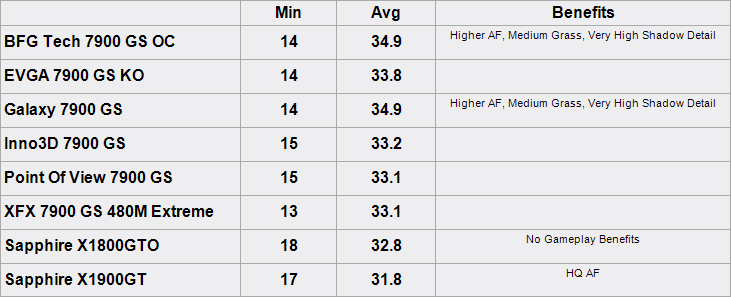
The XFX and EVGA cards delivered a very similar gaming experience to each other too, along with Sapphire's Radeon X1900GT. However, the texture quality on the Radeon X1900GT was much sharper than the other GeForce 7900 GS cards that were playable at 8xAF. It was closer when compared to the BFG Tech and Galaxy cards, as they were both capable of playable frame rates with 16xAF. Although there was some very slight shimmering, we'd probably just give the nod to the two NVIDIA cards when it came to the best experience delivered by the tested cards.
Sapphire's Radeon X1800GTO was much slower than the other products on test, including the stock-clocked Inno3D and Point Of View GeForce 7900 GS video cards. The progression in core clock speed seemed to be pretty linear through our testing, while benefits as a result of memory clock increases were more limited.

MSI MPG Velox 100R Chassis Review
October 14 2021 | 15:04


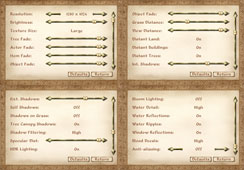
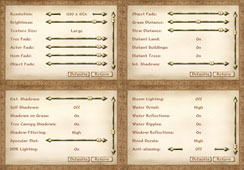
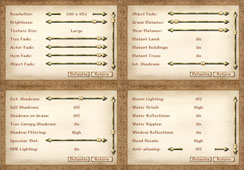
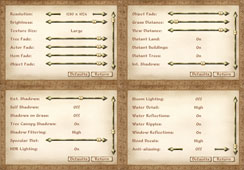
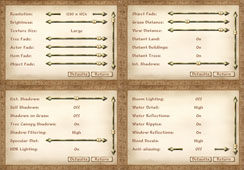
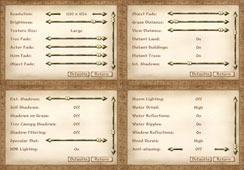
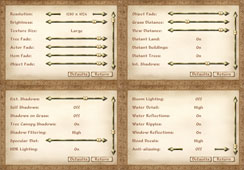






Want to comment? Please log in.